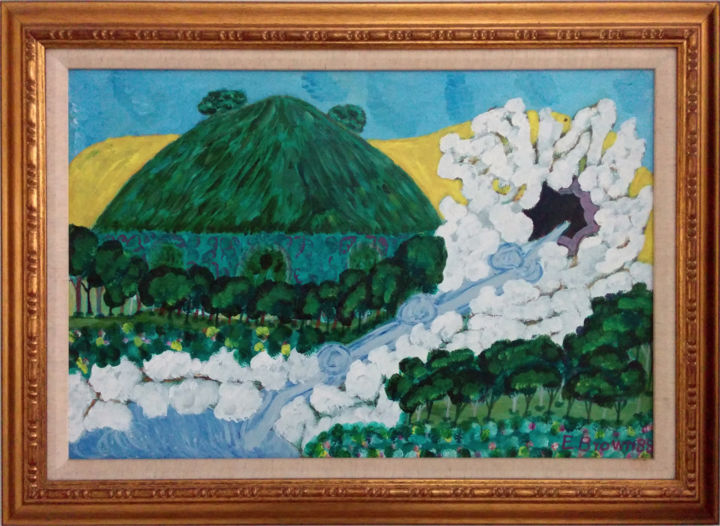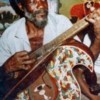Not For Sale
-
Original Artwork
Painting,
- Dimensions Dimensions are available on request
was born in Mado District, deep rural St Ann in 1917 and died in New York City in 2003, where he was visiting with one of his children. In another example of rural to urban migration, Brother Brown, who was a carpenter by trade, and his young wife Jenny moved to West Kingston in 1947. They settled at 82 ½ Spanish Town Road, at a yard which also housed a Zion Revival band and a Kumina community. The 1940s and 50s were a period of Rastafarian ferment in West Kingston and Brother Brown was attracted by the teachings of Joseph Hibbert, a pioneering exponent who emphasized the mystical, religious aspects of Rastafari. Like many religious Rastafari, Brother Brown found inspiration in the Ethiopian Orthodox Church, as the authentic Christian church from the African Zion and around 1960 Brother Brown established an informal mission of the EOC, which he named the Assembly of the Living. Brother Brown and his family were baptised in the Ethiopian Orthodox Church when this denomination was formally established in Jamaica in 1970 and he was initially an active member, who for instance constructed the EOC cathedral’s Ark of the Covenant, but his beliefs and practices were far from orthodox, and combined elements of Rastafari, Revival, Kumina, and Freemasonry – all of which are also evident in his artistic work.
Like many artists in Jamaica never given formal art training, Everald Brown's ideas and imagery are profound because they develop outside mainstream thinking. The sophistication of his ideas counter exotic and pejorative labels such as "naive", "primitive" or "outsider" used often to describe selftaught artists. In Jamaica, the term "intuitive" is preferred because it suggests the unique inner vision that informs the imagination without negative judgment. In this sense, also, they are more insiders, than outsiders because they are rooted in the religious and popular culture that the majority of black Jamaican's identify with.
-
Nationality:
JAMAICA

- Date of birth : unknown date
- Artistic domains: Represented by a Gallery,
- Groups: Contemporary Jamaican Artists Artists presented by a gallery








